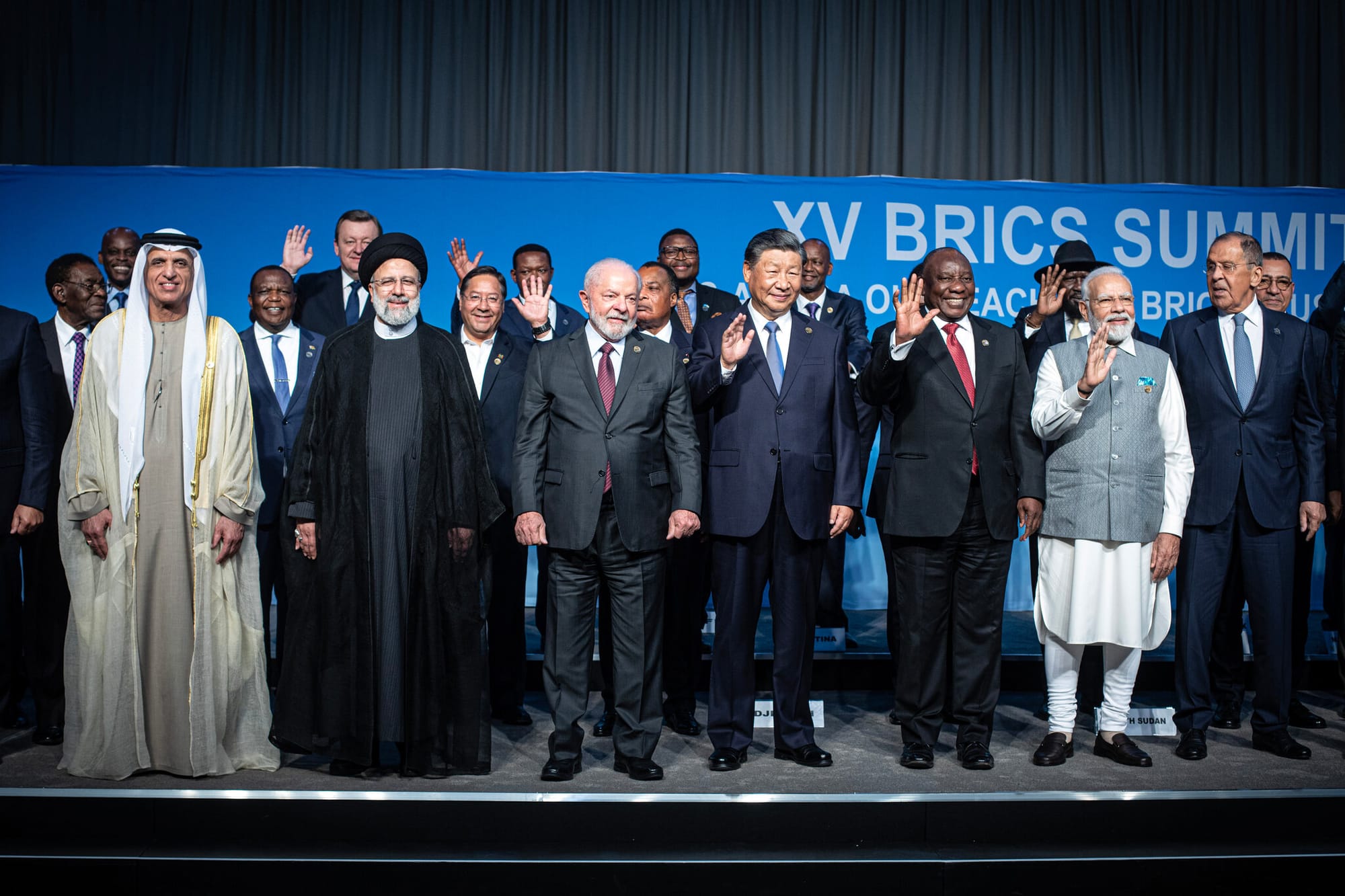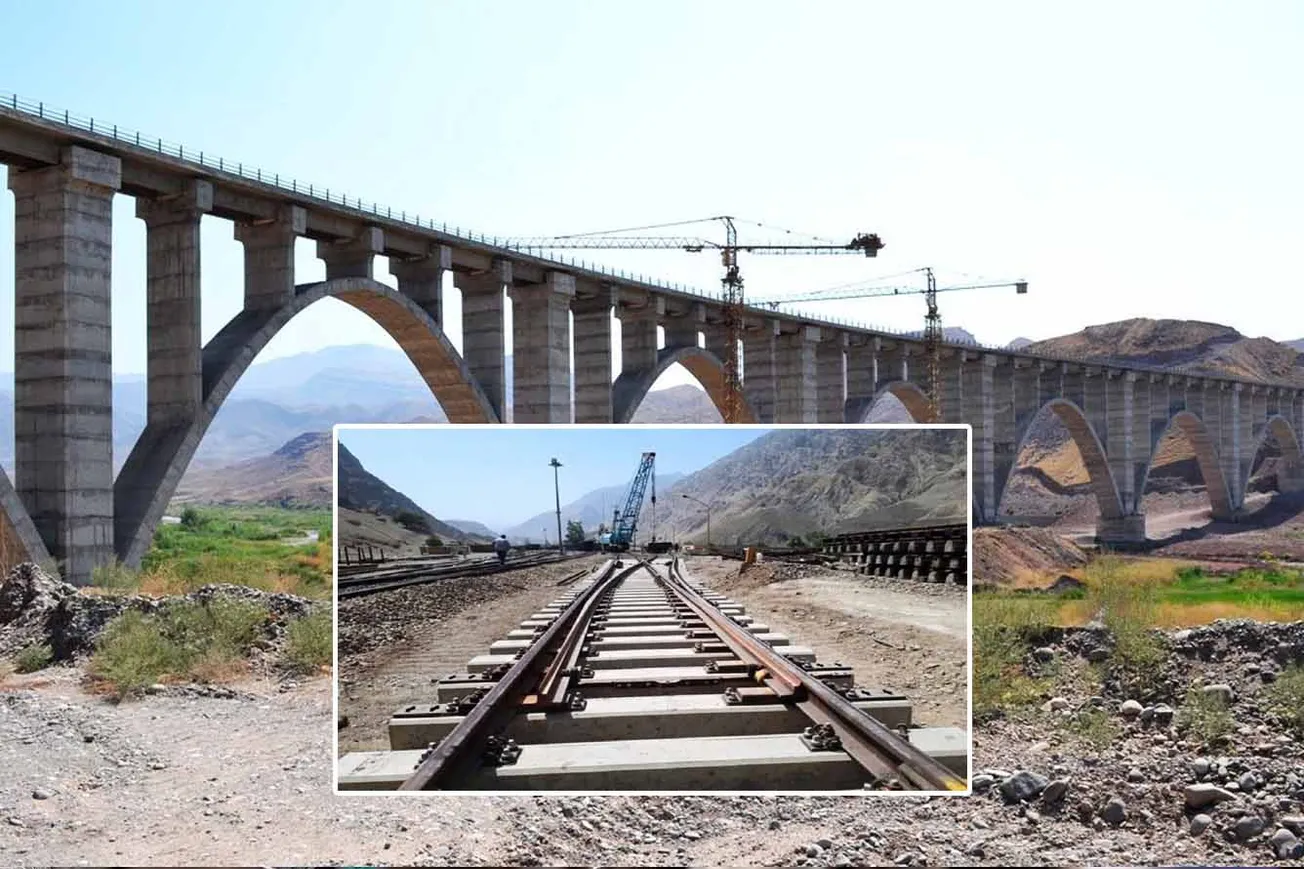Just weeks before Israel launched its offensive against Iran, Iran finalized the Rasht-Astara railway. This new infrastructure project opens up a direct overland route for China to access both the Persian Gulf and Europe, while also connecting India, Iran, Central Asia, and Russia in a cohesive trade corridor.
Efforts were made early this year to accelerate the project by securing land along the Rasht-Astara railway, a key segment of the North-South International Transport Corridor. This corridor features three main routes within Iran: to the east, connecting with Turkmenistan and Central Asian nations; centrally, linking to Russia and other countries across the Caspian Sea; and to the west, reaching Azerbaijan, Georgia, Russia, and parts of Eastern Europe. In May 2023, an agreement was forged between Russia and Iran for the construction of the Rasht-Astara railroad in the northern Gilan province. The railroad spans approximately 163 kilometers and has nine stations already established along its route.
This railway is pivotal to China's Belt and Road Initiative (BRI), which aims to reshape global trade dynamics by reducing reliance on sea routes controlled by the U.S. and the U.S. dollar. Iran's role in this strategy is vital, as it provides the most strategic land access from Central Asia to the Middle East, effectively avoiding critical maritime chokepoints such as the Strait of Hormuz and the Suez Canal, which have historically been under U.S. military influence.

By circumventing Western-controlled sea lanes, this development also boosts efforts toward de-dollarization. It enables China to transport goods and energy overland, freeing these activities from U.S. naval dominance. The moment that railway became operational, it significantly weakened the maritime petrodollar system. Now, China, Iran, Russia, and others can engage in trade of energy, goods, arms, and technology along land routes that are much harder for the U.S. to sanction, surveil, or blockade.
With Iran, Egypt, and Ethiopia now officially members of BRICS, a strategic foothold has developed spanning the Red Sea, Persian Gulf, and Suez Canal—crucial junctions in global trade. It represents a quietly evolving alternative to the WTO, NATO, and the dollar-centric world order. Instead of isolation and sanctions, Iran is poised to transform into a central logistical hub for east-west trade.
As the US continues pouring money into foreign wars, China patiently and quietly continues its strategic grab for global economic and trade hegemony.











Conversation